This post may contain affiliate links. We may receive a small commission, at no cost to you, if you make a purchase. Read Disclosure.
For many, a trip to Europe is a bucket list moment in their lives, but Eastern Europe doesn’t get the same buzz that Western Europe does.
Is it because of pop culture and plenty of media coverage; or simply ease of getting around, communicating in English, and a common currency?
Many have no ambition to travel to the East; when really, why not?
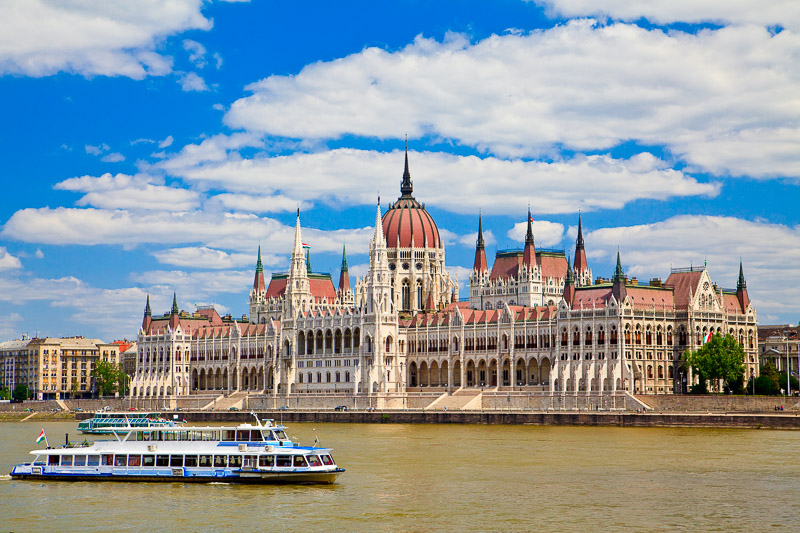
Eastern Europe tends to be more budget-friendly and allows you to get off the beaten path.
It also has its own culture, history and traditions that you cannot find anywhere else in Europe.
So why are people afraid to travel to Eastern Europe?
In this guide, we’ll share exactly why you should be adding Eastern Europe to your travel bucket list and why it shouldn’t be avoided.
So, where exactly is Eastern Europe?
It’s in the East, right? But where do you draw the line exactly?
Back in the Cold War days, defining the borders of Eastern Europe was easy; it was made up of all the communist countries on the other side of the Iron Curtain.
Nowadays, it depends where you get your information. For me, Eastern Europe is everywhere east of the Adriatic Sea and west of Asia-Minor (the West side of Istanbul).

Just having the geographical North, East, South, and West makes life easier.
Wikipedia suggests Belarus, Bulgaria, Czech Republic, Hungary, Moldova, Poland, Romania, Russia, Slovakia, and Ukraine as Eastern Europe.
So where does that leave those countries in the Balkans such as Albania, North Macedonia, Kosovo, Montenegro, Bosnia and Herzegovina, Cyprus, Hungary, Serbia, and Slovenia?
And what about the Baltics like Estonia and Latvia?
You get the idea; let’s just say Eastern Europe is in the East of the continent, and also includes those southern eastern countries that connect to Turkey such as Bulgaria and Greece.
Why you should travel to Eastern Europe
If you’re still on the fence about visiting Eastern Europe, here are some of the top reasons to visit!
Eastern Europe is safe
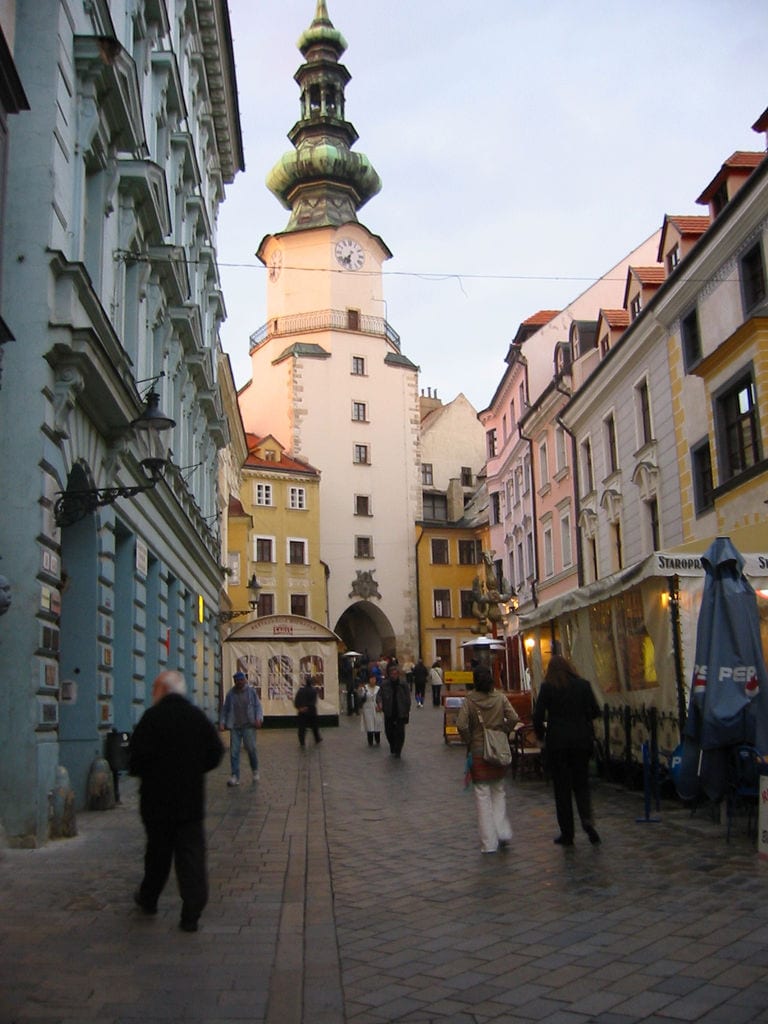
Eastern Europe is not as unsafe as you might think. The people are genuine and friendly, things cost less, it’s easy enough to get around, there’s plenty of history and geographic diversity.
However, for the first-time traveller, travel there requires a little more flexibility (and perhaps travel planning) than Western Europe; but overall it makes it an excellent region for travel.
Hollywood movies would have you believe that Eastern Europe is an extremely dangerous place.
But in all honesty, it’s no more dangerous than anywhere else you’d travel. I think it’s a fear of the unknown that has the majority of people avoiding travel in the region.
I travelled Eastern Europe (mostly) solo, and didn’t have any trouble at all.
In fact, it was North Africa and Western Europe where I had troubles with scammers and thieves.
If you are really concerned, there are several well-known travel techniques to keeping yourself safe.
If it’s your first time in the region, consider following the advice of a local tourist bureau, not because it’s unsafe, but because it’s quite different to the travel you’re used to.
Further Reading: Safety in the Ukraine: Avoiding Theft and Personal Danger
It has a unique culture & history
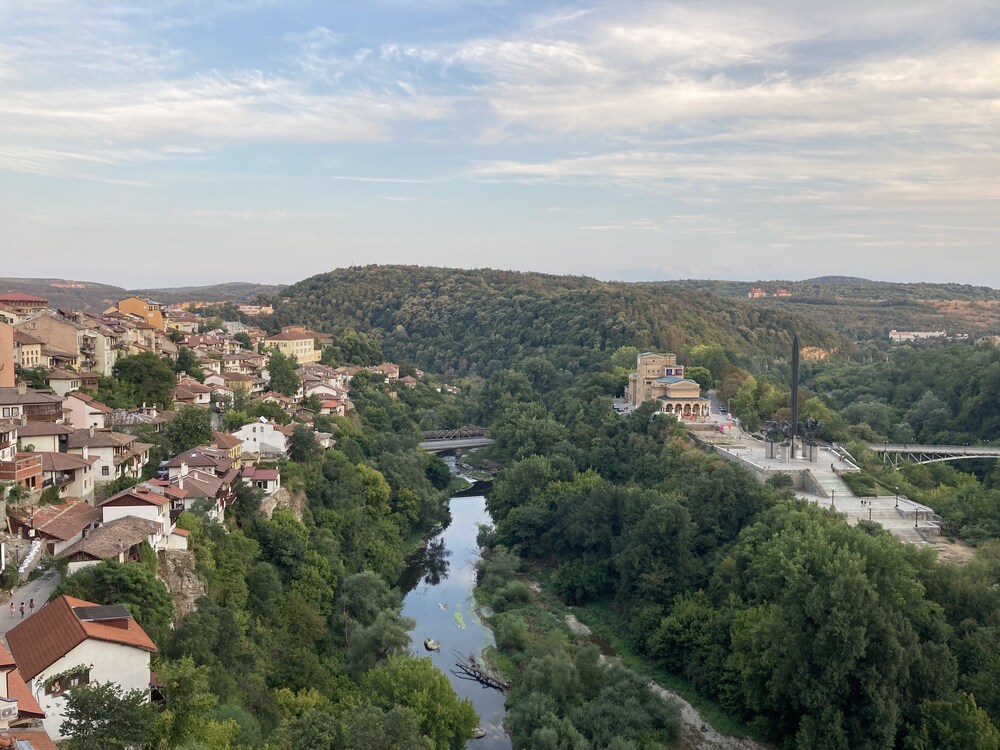
Eastern Europe has the geography, weather, and history you’d want to experience when travelling.
Bulgaria has the Cyrillic alphabet, and the Black Sea Coast. I can recommend Plovdiv, Sofia, and Veliko Tarnovo.
Croatia has the beautiful blue oceans, the cliffs, and islands; as well as Roman ruins.
Zadar is magical, and Vis will always hold a special place in my heart. Split, Dubrovnik, Zagreb, and Hvar are touristy, but definitely worth a visit.
Czech Republic is the beer drinking capital. But it also has beautiful historical centres like Cesky Krumlov.
Hungary has Budapest (and the Roman Baths), is completely land-locked, and has the Hungarian Sea (Lake Balaton).
I spent a summer on the lake (CouchSurfing with a Grandmother) during an annual wine festival, and had one of the best summers of my life.
Eastern Europeans are friendly, warm, and still curious about foreigners. It’s not uncommon to be invited into someone’s home for a meal.
I’ve met many backpackers and hitch hikers with stories of genuine hospitality and concern for their welfare while traveling around Eastern Europe, especially in the Baltic states.
Each country has unique cultural traditions, charm, influences, and historical experiences.
It’s ideal for travelers who enjoy a challenge
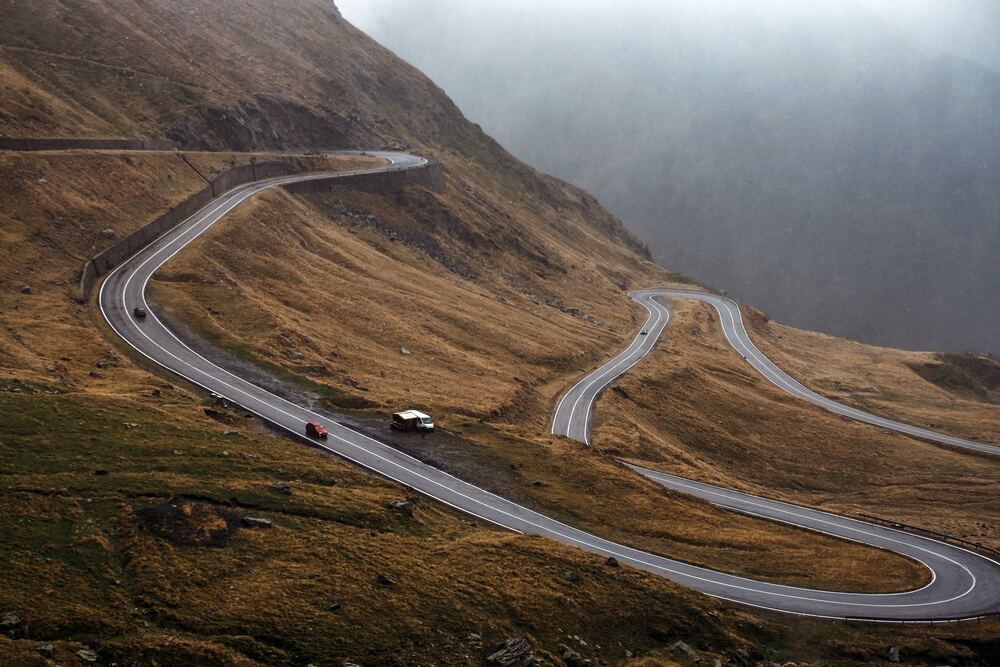
Perhaps the greatest challenges you will face in your travels to Eastern Europe are the language barriers.
I managed to get lost in Hungary when the clerk at the train station put me on the wrong train.
Miscommunication is somewhat common practice, but makes for great travel tales later.
The fact that many places are off the backpacker circuit means that hundreds of thousands of tourists haven’t been there before you.
It just means that all those little things like catching the bus, buying a meal, meeting locals, and navigating your way around become more of an adventure.
It has less tourists
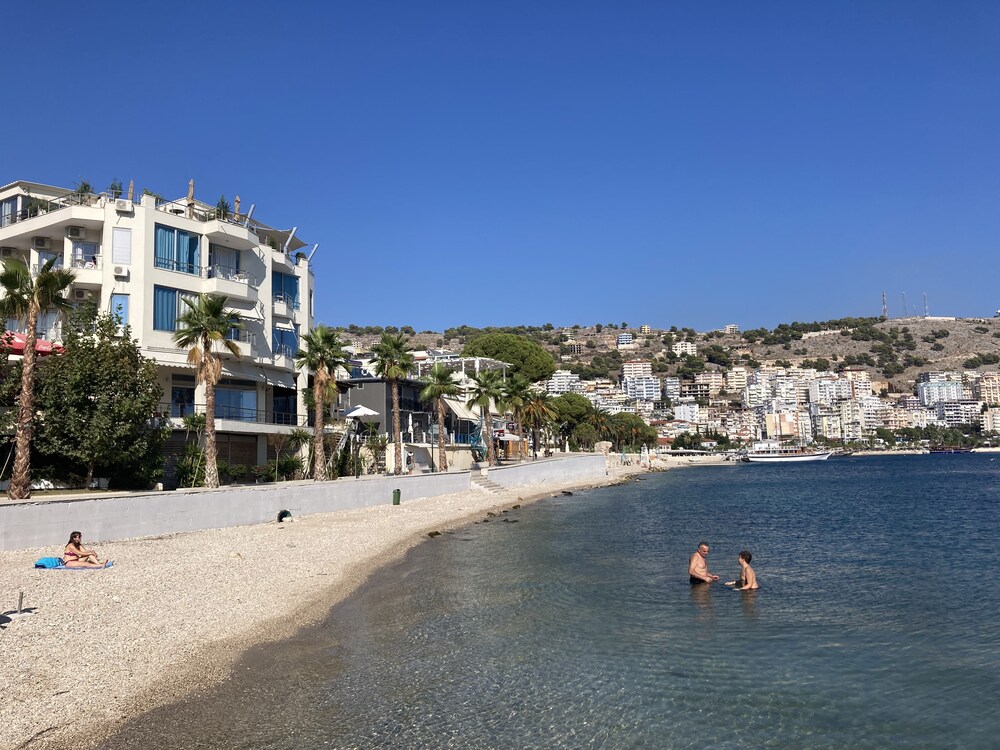
One of the biggest draw cards to Eastern European travel would have to be the lack of Western tourists.
In many places you can move around freely without hearing English chatter, except for the hostels and bars obviously.
It’s a great “off the beaten path” feeling when you have to try and communicate with broken English or the local language.
However, there are still a few well-trodden tourist places like Split and Dubrovnik in Croatia, Krakow and Warsaw in Poland, Tallinn in Estonia, Bratislava in Slovenia, and Istanbul in Turkey.
Further Reading: (listening) Why You Should Visit Eastern Europe Now>
It’s cheap and easy to get around
Flying into Eastern Europe is fairly straightforward, with budget airlines servicing major cities.
Once there, train travel is a great low-cost option; although not everywhere supports the high speed Eurail network — so check before using Eurail passes. But, local trains are many and very cheap.
You can check Eastern Europe train schedules on the German Train site DB Bahn.
Buses are also frequent and low-cost.
It’s Budget Friendly

Eastern Europe is considerably more easy on the budget than Western Europe.
With the exception of those countries on the border between East and West, such as Vienna in Austria or Prague in Czech Republic, you can expect to pay less on food, accommodation, and attractions.
If you are a student, or if you have a student ID, many museums and other attractions in Eastern Europe offer a student discount when an ID is presented.
Remember, Eastern European countries usually aren’t on the Euro (except Greece), so you have to make use of currency exchanges.
Be sure to protect yourself and your finances by going to official exchanges, but avoid using airports and hotels (they charge a higher exchange rate).
Do your research first, and establish the rates & all costs before handing over your cash.
Either spend all your cash, or exchange it before leaving the country.
If you’re adding a few countries to an Eastern Europe itinerary, then be sure to book long-distance buses or trains to save money on flights.
Further Reading: The Cost of Traveling Far-Eastern Europe via @NomadicMatt
It’s not quite part of The Global Village
The number one reason to get to Eastern Europe now, is that the world is shrinking at a phenomenal rate.
Eastern Europe is not westernized yet, and even though it covers a large land mass, it still feels quite small.
But who knows in a few years from now? Cities in the East are growing, and rural areas are becoming urbanized.
You’ll find Internet cafes common-place, McDonald’s here-and-there, but for the most part you can still find great off-the-beaten-track destinations.
I remember walking down the street in Hvar, I approached people asking for rooms to rent, and pretty soon found a great 3 bedroom place overlooking the town at a very reasonable price (less than a dorm bed in the West).
Approaching locals for accommodation is not so common place in Western Europe, with the abundance of hostels and campsites.
More Eastern Europe Travel Tips
Need more inspiration about visiting Eastern Europe? Then you may like these other guides…
- Doing A Working Holiday In Central or Eastern Europe
- Three Czech Republic Cities to Visit
- Awesome Things To Do In Dubrovnik, Croatia
- Things to do in Moscow
- Fun Things To Do In Prague, Czech Republic
- Cities to Visit in the Czech Republic
- Things to do in Vilnius, Lithuania
- Places not to miss in Estonia, Europe
- Unmissable Things to Do in Budapest, Hungary
- Amazing Things to Do in Poland
- Reasons to Visit Transylvania
- Best Places to Visit in Slovenia
- Things to Do in Belgrade, Serbia
- Places to Visit in Slovakia